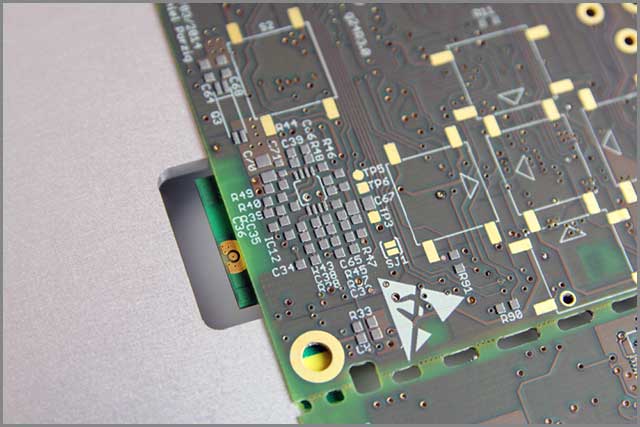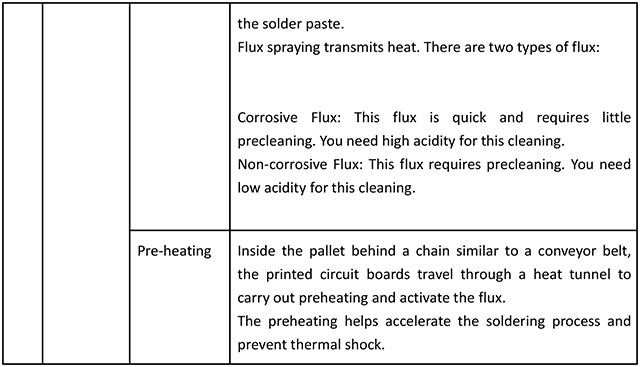

You can also submit your PCB Design Files for a reflow soldering quotation at Articles: Wave soldering has a flux spraying step, while reflow incorporates flux into solder paste. If you find yourself with any questions about Reflow Soldering that were not addressed above, please Contact Us, and our PCB experts will be happy to help. For selective soldering, components do not need to be glued. Reflow-Peak temperature 245 ☌-hold for 20 secondsĬooling-–4 ☌ per second-to room temperature Wave soldering works much faster, but the whole board is touched by high temperature molten solder. Component datasheets will list the heat tolerance for a specific part, so be sure to match this parameter with the heat requirements for a standard reflow cycle, listed below: Many through-hole components are not suitable for reflow soldering due to this requirement.
WAVE SOLDERING VS REFLOW MANUAL
The main concern for Reflow Soldering is that components must withstand high temperatures for a more prolonged period of time than what is required for either wave soldering or manual soldering. The answer to that question lies in the heat profile of the Reflow Soldering process. With that in mind, you may find yourself wondering what can prevent a board from being 100% reflow viable.

In many cases, we also use a mix of reflow soldering for the majority of the board, and selective soldering for a few awkward through holes.įor the most efficient and low-cost assembly possible, Bittele Electronics recommends designing for as close to 100% reflow solderability as possible.

That being said, there is no need to worry if your design includes just a few through-holes it is still possible to use reflow soldering with THDs so long as they can tolerate the heat of the reflow cycle. See Bittele’s DFA Guidelines document for more information regarding the restrictions inherent to wave and manual soldering.Īt Bittele, we use reflow soldering for the vast majority of projects, with the main exception being legacy boards that incorporate a large number of Through-Hole Devices (THDs). While other soldering methods require specific spatial considerations, reflow soldering allows the designer to lay out the components with nearly complete freedom. This soldering method has gained in popularity due to its advantages in flexibility for PCB layout, compared against Wave Soldering or manual soldering. This method of soldering involves screening Solder Paste onto the pads of your PCB, placing your Surface Mount components on the pads, and heating the populated boards in specialized Reflow Ovens. Reflow Soldering is the most common method for PCB Assembly in the industry today, and the one that leads to the most efficient PCB Assembly Process.


 0 kommentar(er)
0 kommentar(er)
